On 17th May, following their verbal agreement with the IMF’s Poul Thomson to reduce the number of VAT bands to two while also reducing the VAT rates substantially, Varoufakis submitted a detailed VAT proposal to the troika (below). This was refined, simplified and costed a few days later.
Download the refined version as Excel
VAT REFORM PROPOSAL
Ministry of Finance, May 2015
Current rates
Presently, six VAT rates apply:
-
6.5% (5% Aegean island rate1): Hotel/Inn accommodation, books and pharmaceuticals
-
13% (9% Aegean island rate): Food/nutrition, utilities (e.g electricity bills, natural gas), restaurants and prepared food, public transport
-
23% (16% Aegean island rate): Garments, footware, services, furniture, vehicles, transport, telecoms, fuel etc.
Note that zero VAT rating applies to rents, school fees, training courses, financial services.
Proposed rates
The Finance Ministry proposal is for a streamlined grid involving two rates only:
-
6.5%: Food, books and pharmaceuticals
-
15%: All other goods and services
CASH SURCHARGE: When the customer chooses to pay cash, the above rates rise by 3% to 9.5% and 18% respectively.
Note that:
-
From an implementation perspective (‘nudging’ effect) it is important to present the rates as above, with the surcharge for cash use as an add-on, rather than as standard rates set at 9.5% and 18% with a discount of 3% for debit card use
-
Zero VAT rating continues to apply to rents, school fees, training courses, financial services
-
Aegean islanders (permanent residents filing their tax return in the tax jurisdictions where, currently, a 30% VAT discount applies) will have the opportunity to claim electronically the same discount back (Nb. Which, unlike now, will be paid and rebated only to residents who collect all the relevant receipts.)
Predicted Fiscal Impact
Under the Ministry of Finance’s Proposal (see above), the average effective rate is reduced from 16.4% to 15.8%. However, even a small improvement in collectibility
1 The Aegean island list includes: Cyclades, Dodecanese, Sporades, Lesbos, Chios, Samos, Thasis, Skyros and Samothraki.
(which is almost certain given the streamlining and the great incentive to pay by debit card – thus, reducing substantially the leeway for VAT fraud), will have a positive overall effect on VAT revenues.
The estimate of VAT collectibility in Greece varies significantly from study to study. Eurostat reports a figure of 61%, the OECD believes it to be much lower, at less than 40%, while some sources place it at 71%. The table below shows that, regardless of which of these figures we start with, the increase in collectability that is necessary to render the proposed rates VAT revenue neutral is very small: in the order of less than 2%. Given the large reduction in the top rate and the significant incentive to use debit cards (instead of cash), the targets in the table’s second columan are attainable:
| Collectibility under current system | Collectibility necessary to ensure VAT revenue neutrality following the switch to the proposed rates |
| 38% | 39.46% |
| 61% | 62.22% |
| 71% | 72.14% |
Assumptions regarding elasticities
-
0.572 for food
-
1.334 for books, newsparer and magazines
-
0.725 for pharmaceuticals
-
0.26 for utilities (water charges, electricity and natural gas)
-
0.939 for alcoholic beverages
-
1.17 for clothes and footware
-
0.26 for fuel
-
0.237 for hotel accommodation and restaurants
-
1.516 for tobacco products
-
0.9 for all other goods and services currently rates at 13%
-
1.5 for all other goods and services currently rates at 23%
-
‘Plastic’ money use (debit and credit cards) in Greece is currently estimated to be only at 5% (ECB study circa 2013) and likely to expand very significantly if a 3% VAT discount is on offer
-
The geographic distribution of expenditure is assumed to correspond to the distribution of the population
-
The population of the Aegean islands (permanent residents) is estimated at 515,000; i.e. 4.77% of the overall population. The assumption here is that the annualised increase of these islands’ population size (due to tourism) is 12%. Thus, it is assumed that the Aegean islands account for 5.34% of annual consumption/ expenditure.
CONCLUSION
The proposed reform constitutes a radical consolidation/rationalisation of the current VAT system. The large incentive to switch from cash to ‘plastic’ money, plus the signficant reduction in the top rate, mean that the increase in collectibility necessary
to achieve revenue neutrality is almost certain to be attained. In this sense, the predicted fiscal impact is positive, as is the new system’s likely effect on aggregate demand. If further fiscal improvements are required, a non-VAT excise tax of tobacco and alcoholic beverages (especially those that are currently zero rated) could improve further the fiscal impact.
Do you believe that citizens deserve to know about these kinds of high-stakes negotiations? Sign our petition to #LetLightIn in our institutions. And if you can, support our work by donating here.
